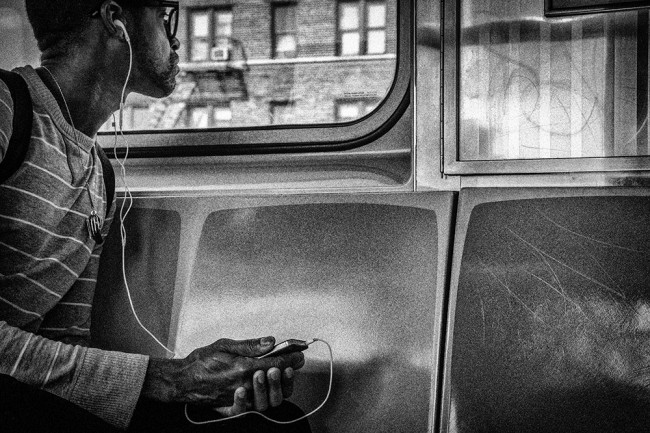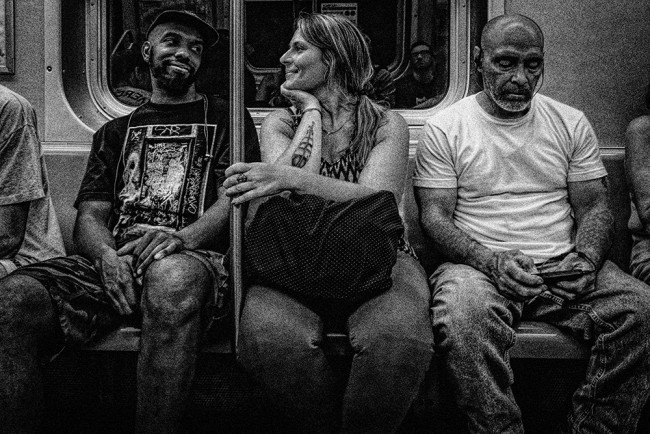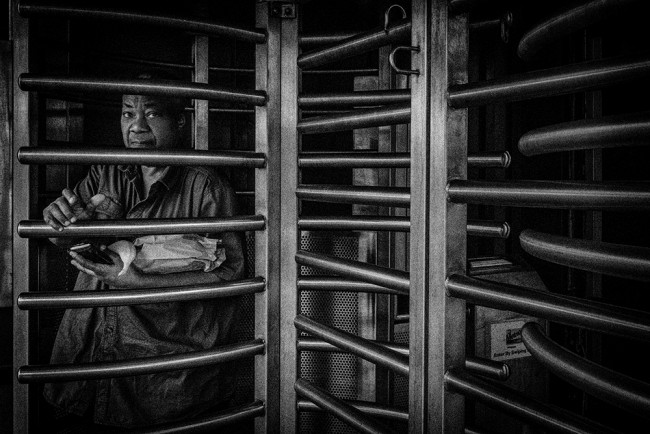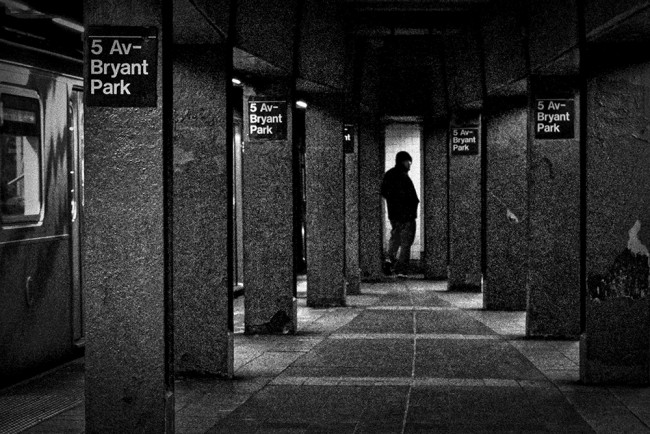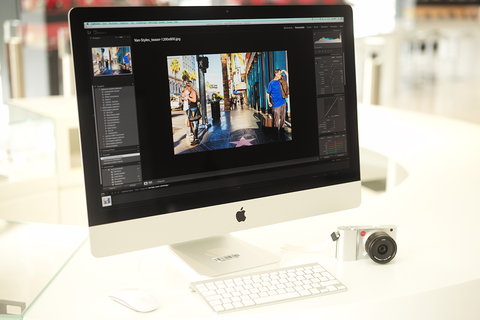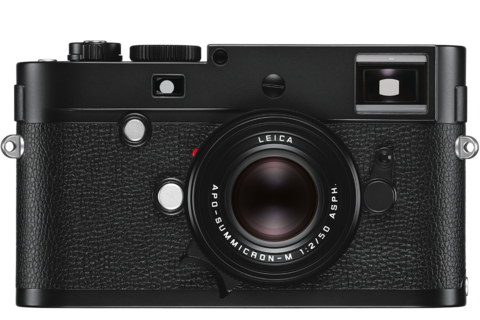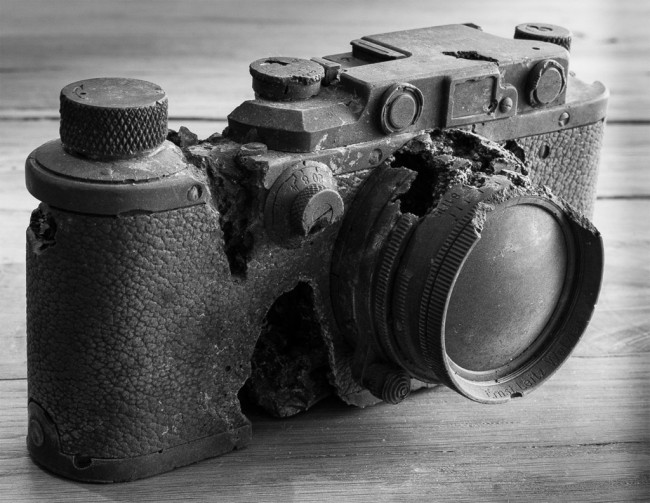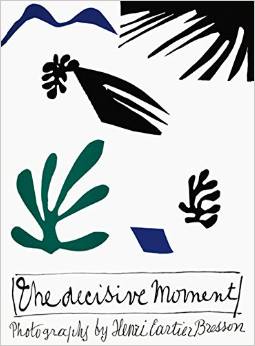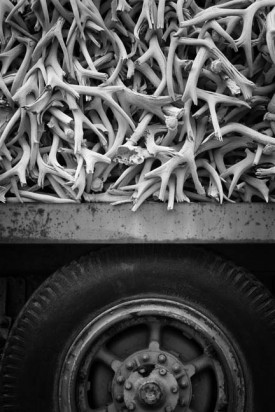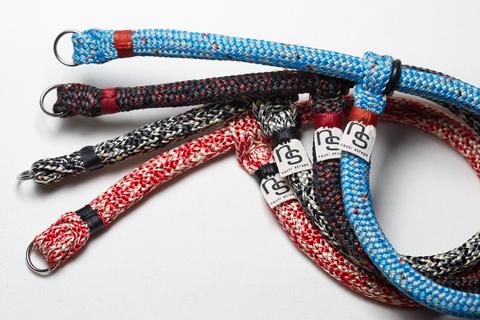 Nauti Strap is a new camera strap company started by photographer and blogger Tyson Robichaud. He sent me examples of the four different straps he manufactures and asked me if I’d like to give them a test drive. This being a blog about the M Monochrom, I picked the two Wrist straps I would use when shooting with the Monochrom and gave them a spin.
Nauti Strap is a new camera strap company started by photographer and blogger Tyson Robichaud. He sent me examples of the four different straps he manufactures and asked me if I’d like to give them a test drive. This being a blog about the M Monochrom, I picked the two Wrist straps I would use when shooting with the Monochrom and gave them a spin.
Camera straps are a very personal business. Depending on your size, build, shooting preference and the gear you carry, the kind of strap that works best is much a matter of personal preference. When shooting on the street, which is my preference with the M Monochrom, I rarely carry a camera bag. Instead, I put my gear in a small light backpack. Because of this a wrist strap works well as it makes removing the camera from my pack one easy motion. I slip my hand through the strap and I am ready to shoot as I pull the camera from my bag.
A wrist strap is also great when you are wearing a jacket with large pockets. Because a wrist strap takes up very little room, the camera and strap can travel in the jacket pocket and is ready to use at a moments notice. On a cold day I could keep the strap attached, and shove both camera and hand into my pocket, much more practical than a neck strap.
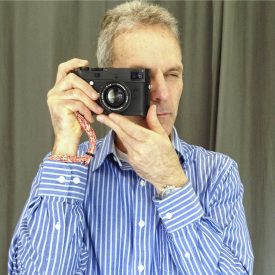
Vector Wrist Strap barely visible on my right wrist.
The M Monochrom is probably at the outer limits of weight for comfortable wrist strap use but it is a good option for working quickly. Wrist straps work very well with diminutive micro 4/3 cameras and many mirrorless models such as the Leica T or X.
So what’s so special about the Nauti Strap?
The answer is obvious, the material. Nauti Straps are made of high performance sailing line and the fasteners attached using nautical rope splicing techniques. Nauti Strap maker, Robichaud, worked in the yacht racing industry for 15 years and his fondness for this tough material must have inspired his designs.
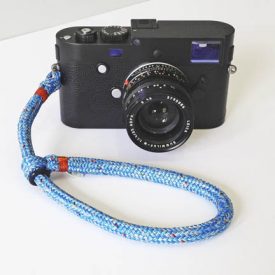
Cascade Wrist Strap
If you have ever sailed, the materials used will be familiar and reassuring. The way the straps join to the 15mm split ring, that holds the camera, is elegant and extremely well crafted. The Cascade Wrist Strap, pictured above, uses a dual braided round rope. The loop that goes around the users wrist can be adjusted to any size using a rubber o ring. This strap tends to hold its shape, and the round rope tends to be more “nautical” than the other material that is used in making Nauti Straps.
The Nauti Strap Vector Wrist Strap is made of a “High Tenacity Polyester blended with Vectran fiber” and the cord has a flat profile. The material is smooth and very comfortable, yet I’m sure it could easily hold my camera, me, and maybe even a Smart Car aloft. It is very pliable, making the strap virtually disappear when my attached camera is shoved into a bag or pocket. It also, like the Cascade, has an o ring that allows the user to adjust the size of the wrist opening. Of the two straps I tested this was my favorite, because it added almost no weight or bulk to my kit, and after wearing it I even had to check once if it was still around my wrist.
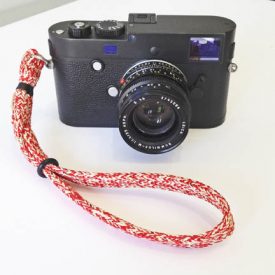
Vector Wrist Strap
If you have a fondness for sailing, find sliding clips and extra nylon webbing annoying, or simply appreciate an original design, then Nauti Straps will make you happy. When design is practical and elegantly solves a problem then it is successful. Nauti Straps meet both the practical and elegant test, and at only $25* for the Nauti Vector and $37* for the Cascade, they also meet the “value” test.
*Price as of 7/25/16, prices subject to change.
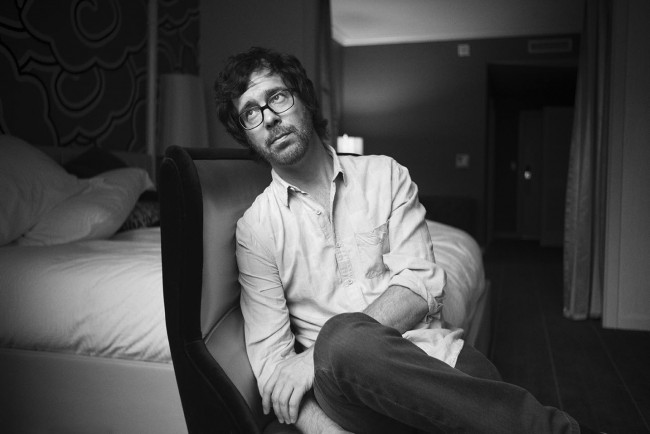
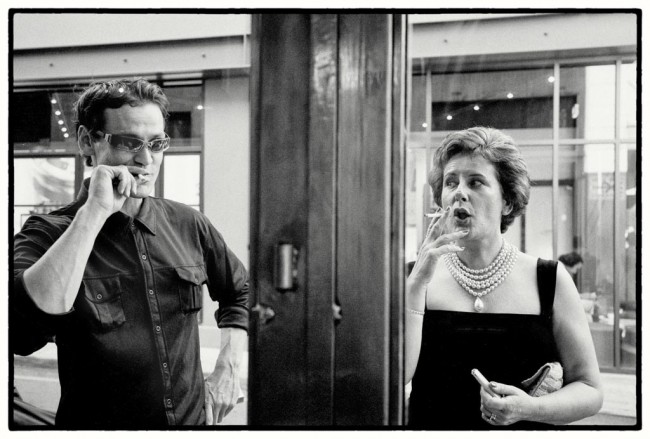

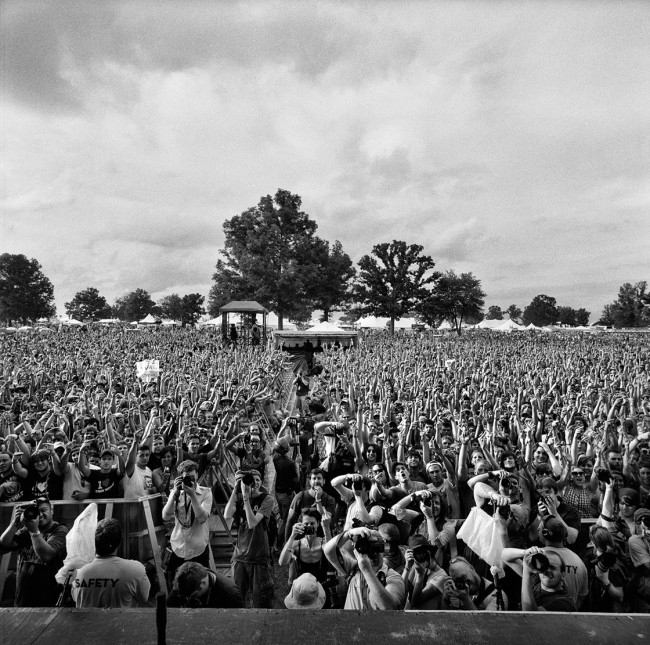
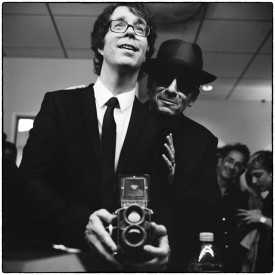
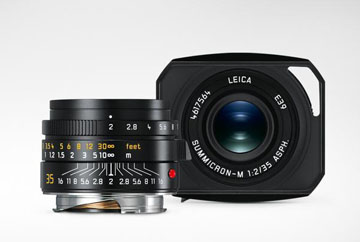 Leica just announced a partnership with Chinese mobile device company Huawei. The speculation is that Leica will provide high quality optics for Huawei cell phones. Again Leica has shown that it is a different company than the slow-moving, traditional camera manufacturer of my youth. Although high quality optics on a mobile device is not a new concept, Nokia has already manufactured a
Leica just announced a partnership with Chinese mobile device company Huawei. The speculation is that Leica will provide high quality optics for Huawei cell phones. Again Leica has shown that it is a different company than the slow-moving, traditional camera manufacturer of my youth. Although high quality optics on a mobile device┬áis not a new concept, Nokia has already manufactured a 